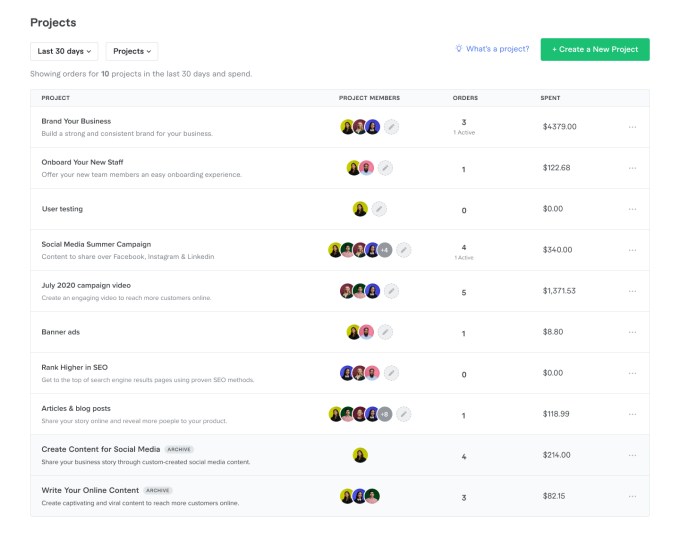Zwift, a 350-person, Long Beach, Calif.-based online fitness platform that immerses cyclists and runners in 3D generated worlds, just raised a hefty $450 million in funding led by the investment firm KKR in exchange for a minority stake in its business.
Permira and Specialized Bicycle’s venture capital fund, Zone 5 Ventures, also joined the round alongside earlier backers True, Highland Europe, Novator and Causeway Media.
Zwift has now raised $620 million altogether and is valued at north of $1 billion.
Why such a big round? Right now, the company just makes an app, albeit a popular one.
Since its 2015 founding, 2.5 million people have signed up to enter a world that, as Outside magazine once described it, is “part social-media platform, part personal trainer, part computer game.” That particular combination makes Zwift’s app appealing to both recreational riders and pros looking to train no matter the conditions outside.
The company declined to share its active subscriber numbers with us — Zwift charges $15 per month for its service — but it seemingly has a loyal base of users. For example, 117,000 of them competed in a virtual version of the Tour de France that Zwift hosted in July after it was chosen by the official race organizer of the real tour as its partner on the event.
Which leads us back to this giant round and what it will be used for. Today, in order to use the app, Zwift’s biking adherents need to buy their own smart trainers, which can cost anywhere from $300 to $700 and are made by brands like Elite and Wahoo. Meanwhile, runners use Zwift’s app with their own treadmills.
Now, Zwift is jumping headfirst into the hardware business itself. Though a spokesman for the company said it can’t discuss any particulars — “It takes time to develop hardware properly, and COVID has placed increased pressure on production” — it is hoping to bring its first product to market “as soon as possible.”
He added that the hardware will make Zwift a “more immersive and seamless experience for users.”
Either way, the direction isn’t a surprising one for the company, and we don’t say that merely because Specialized participated in this round as a strategic backer. Cofounder and CEO Eric Min has told us in the past that the company hoped to produce its own trainers some day.
Given the runaway success of the in-home fitness company Peloton, it wouldn’t be surprising to see a treadmill follow, or even a different product entirely. Said the Zwift spokesman, “In the future, it’s possible that we could bring in other disciplines or a more gamified experience.” (It will have expert advice in this area if it does, given that Swift just brought aboard Ilkka Paananen, the co-founder and CEO of Finnish gaming company Supercell, as an investor and board member.)
In the meantime, the company tells us not to expect the kind of classes that have proven so successful for Peloton, tempting as it may be to draw parallels.
While Zwift prides itself on users’ ability to organize group rides and runs and workouts, classes, says its spokesman, are “not in the offing.”



